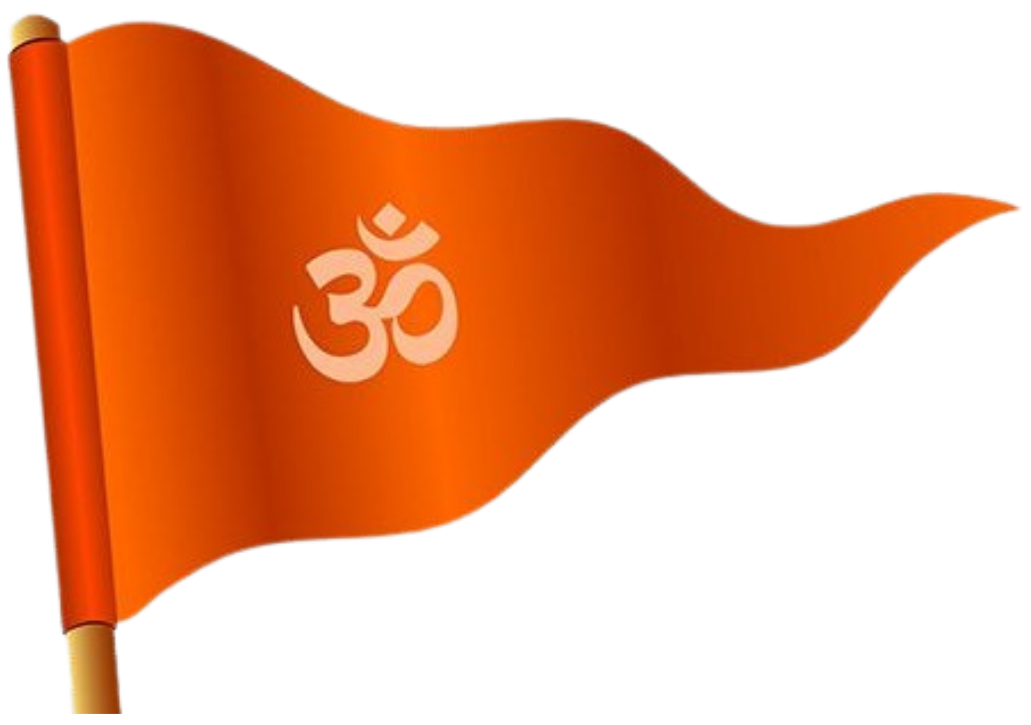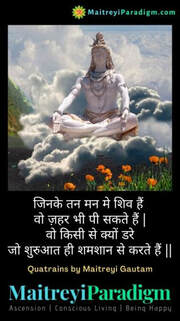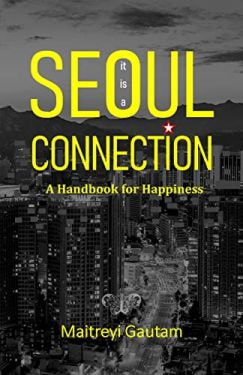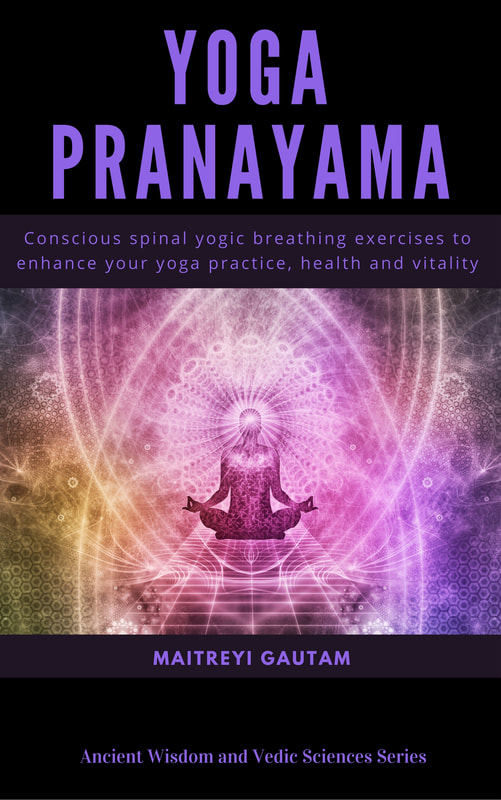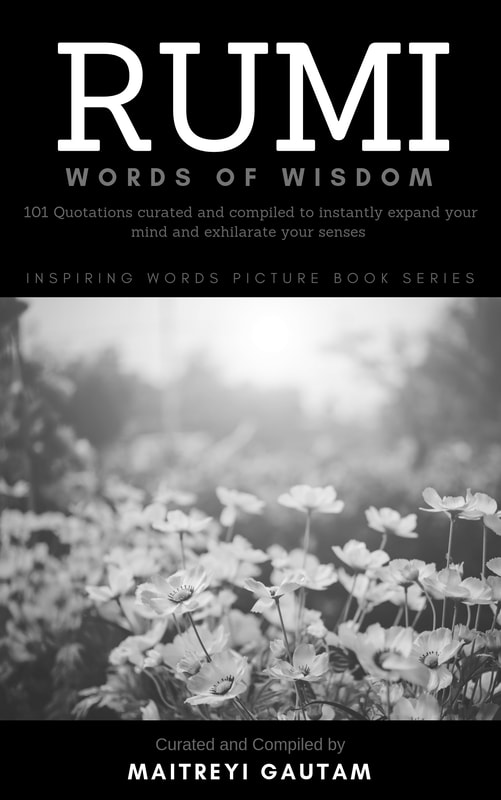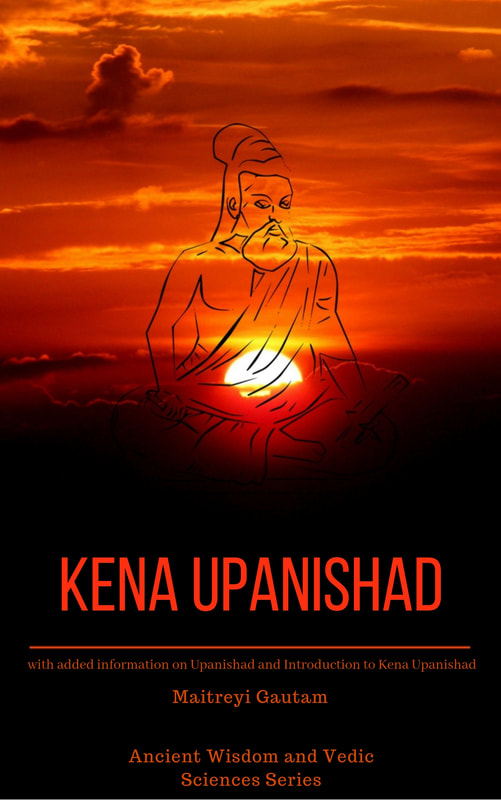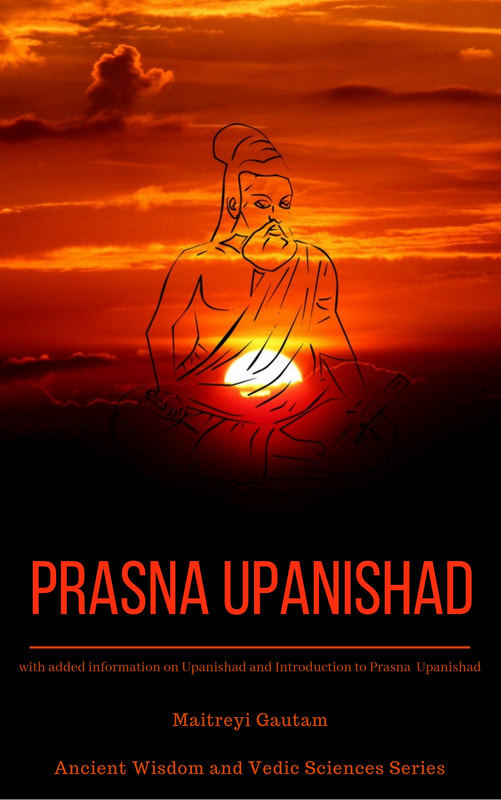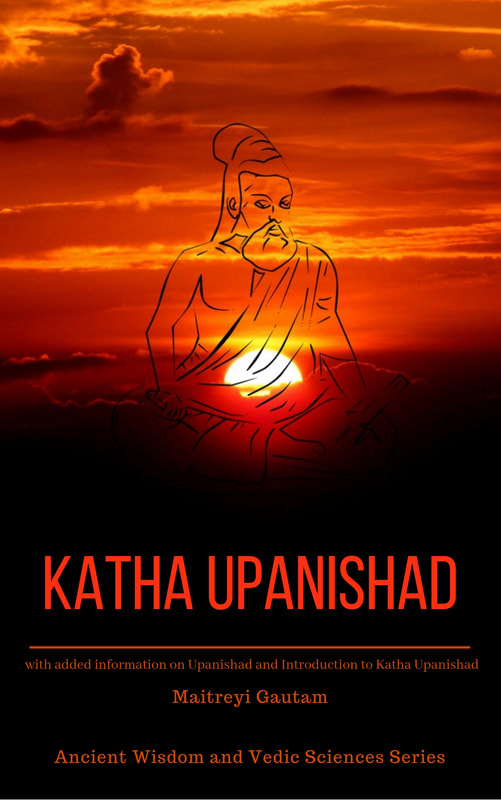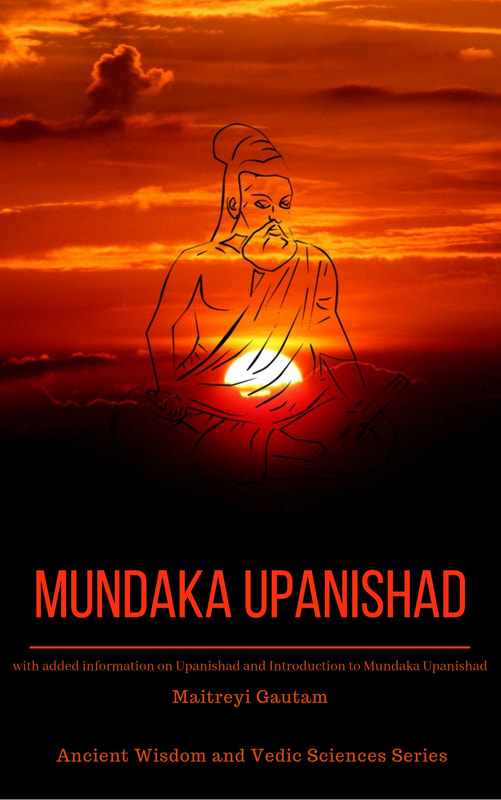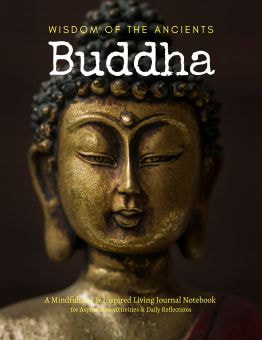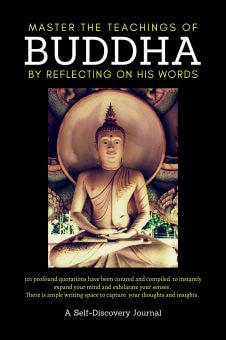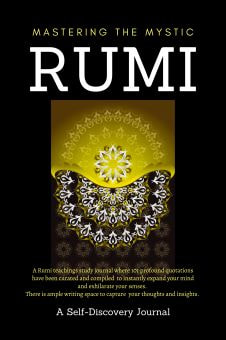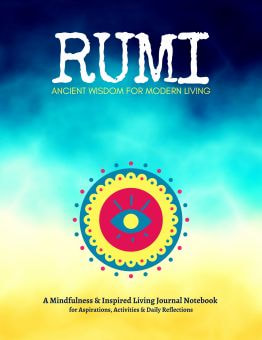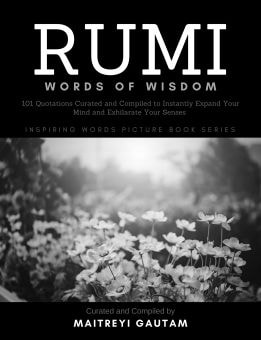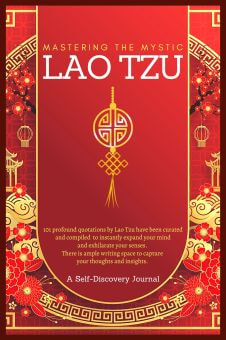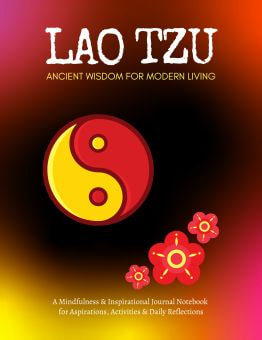The Mundaka Upanishad is divided into three parts, each consisting of two sections (Mundakas). Here is a summary of the key teachings of the Mundaka Upanishad:
- The Two Kinds of Knowledge: The Upanishad begins with Shaunaka asking Angiras about the nature of knowledge that leads to liberation. Angiras responds by distinguishing between two kinds of knowledge: the lower knowledge (apara vidya) and the higher knowledge (para vidya). The lower knowledge includes the knowledge of the Vedas, rituals, and sciences, while the higher knowledge is the knowledge of the ultimate reality (Brahman).
- The Nature of Brahman: The Upanishad teaches that Brahman is the ultimate reality, the source of all existence, and the essence of all beings. Brahman is described as infinite, unchanging, and beyond the realm of words and concepts. It is the self-existent reality that illuminates all experiences and is the basis of all phenomena.
- The Path to Self-Realization: The Upanishad teaches that self-realization is attained through the knowledge of the identity between the individual self (Atman) and the ultimate reality (Brahman). It emphasizes the importance of meditation, self-inquiry, and renunciation of worldly desires in the quest for self-realization. The Upanishad also describes the practice of the Om meditation as a means to attain self-realization.
- The Limitations of Rituals: The Upanishad criticizes the performance of rituals and sacrifices as a means to attain liberation. It teaches that rituals and sacrifices can lead to temporary results, such as heavenly pleasures, but cannot lead to liberation from the cycle of birth and death. The Upanishad emphasizes the importance of knowledge, meditation, and renunciation as the true means to attain liberation.
- The Metaphor of the Tree: The Upanishad uses the metaphor of a tree to describe the nature of the world. The world is described as a tree with its roots in the ultimate reality (Brahman) and its branches spreading out in the form of various phenomena. The tree represents the interconnectedness of all beings and the transient nature of the world.
- The Nature of the Self: The Upanishad teaches that the individual self (Atman) is identical with the ultimate reality (Brahman). It describes the self as the witness of all experiences, the consciousness that illuminates the mind and the senses, and the eternal essence of all beings.
- The State of Liberation: The Upanishad concludes with a description of the state of liberation (moksha) as the realization of the true nature of the self and the ultimate reality. In the state of liberation, the individual self merges with the ultimate reality, and all duality and separation cease to exist. The liberated person becomes free from the cycle of birth and death and attains eternal bliss and peace.
The Mundaka Upanishad is a profound philosophical text that explores the nature of the ultimate reality and the means to attain self-realization. It emphasizes the importance of knowledge, meditation, and renunciation in the quest for spiritual realization. The Upanishad is known for its poetic language, deep insights, and emphasis on the non-dual nature of the ultimate reality.

